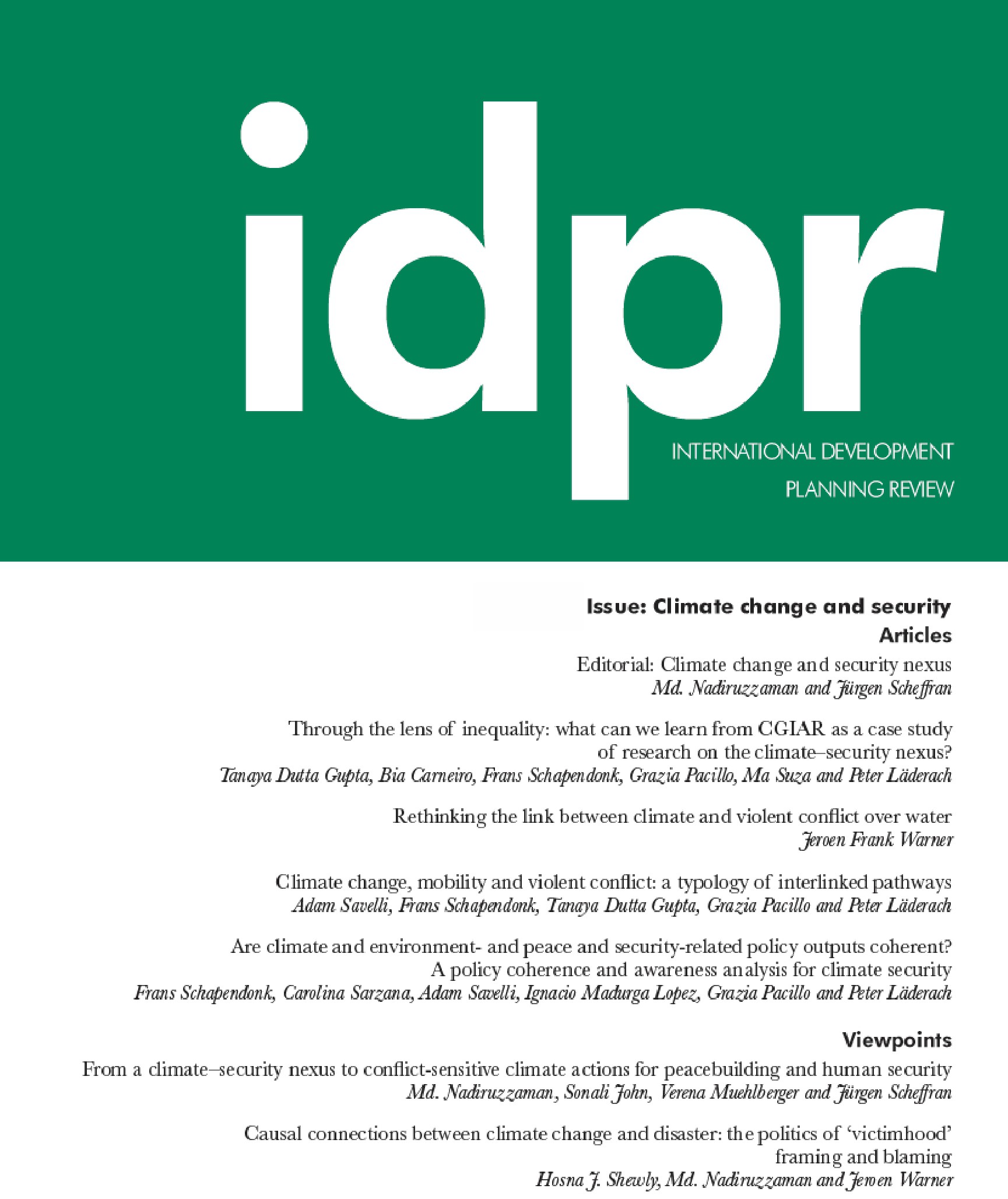ASSESSMENT OF PATIENT SATISFACTION FOR THE AVAILABILITY OF BEDS AND OTHER OUTFLOW MEASURES IMPLEMENTED TO REDUCE OVERCROWDING IN THE EMERGENCY AND TRAUMA DEPARTMENT OF A RURAL GOVERNMENT HOSPITAL IN UTTAR PRADESH, INDIA
Abstract
Background: One frequent issue that frequently causes delays in patient care is overcrowding in the emergency room. High patient loads, insufficient personnel, and patient flow bottlenecks are the causes. Better resource allocation, more straightforward procedures, and increased provider collaboration could all be part of the solution.
Aim: To assess the patient's perception of quality regarding the availability of beds and various safety measures to reduce overcrowding in the emergency department. It also aims to assess differences in the quality perception of the measures between the demographic variables like age and gender.
Material and methods: From June 2023 to November 2023, 800 patients in need of emergency care were included in this quantitative, prospective, observational survey study. A quality Likert scale response and a questionnaire were included in this cross-sectional study. The questionnaires' validity and the replies' reliability were assessed in pilot research, including 50 patients. A mixed-mode survey that had written and in-person face-to-face interviews was conducted following approval from the scientific and ethical committee. Nonparametric statistical techniques were used to analyse the data on an ordinal measurement scale.
Results Patients' satisfaction (43%) and dissatisfaction (51%) scores on the availability of beds did not differ significantly. When asked about the outflow measures to reduce crowding in the emergency room, 57% of the patients were unsatisfied, while 9% remained silent. For gender satisfaction for measures to reduce overcrowding, it was discovered that men expressed greater dissatisfaction than women. While 63% of those in the older age group (42–65 years) were unsatisfied with the measures, 60% of the younger age group (18–41 years) were satisfied with the measures. Patients' perceptions of the emergency department's bed availability are roughly identical for both genders (p-value = 0.402) and age (p-value = 0.371); nevertheless, when it comes to the safety measures put in place to reduce overcrowding, the perception of patients is different in gender and age categories ( p-value < 0.001).
Conclusion: An ED bed management system can improve patient flow, care coordination, and resource utilisation by providing real-time visibility into patient status and bed availability across all units. Encouraging a favourable patient experience in emergency rooms requires proactive adjustments to reduce overcrowding and continuous monitoring of patient feedback. Ultimately, a patient-centred approach that combines efficient processes and compassionate care is crucial for achieving higher satisfaction levels despite the challenges posed by overcrowded healthcare settings.
Keywords: Patient satisfaction, overcrowding, emergency department, ordinal data, Nonparametric, Reverse triage






